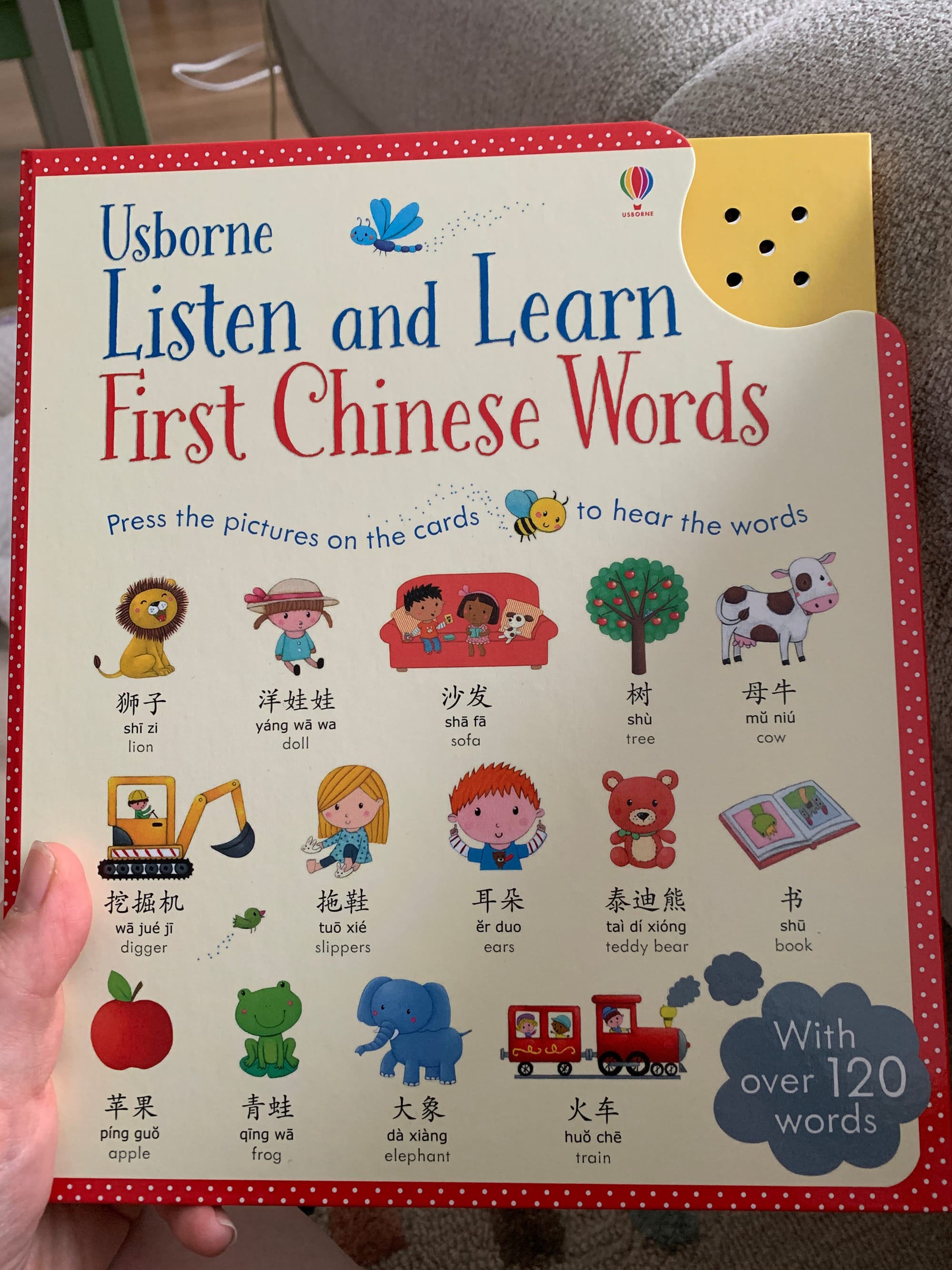Quick Summary:
👶 Approach: Find native speakers and immersive environments
🗣️ Your Role: Support and facilitate, not teach
⏱️ Time Frame: Long-term commitment
💰 Investment: Varies (classes/playgroups/activities)
📈 Success Rate: High with consistent exposure
🎯 Best For: Parents committed to language learning journey
Not speaking a language doesn't mean you can't help your child learn it.
In fact, many parents successfully support their children in learning languages they don't speak themselves.
Our family started with zero knowledge of Mandarin. Now, after 2 years of exposure through various activities, our daughter confidently interacts with people speaking Chinese, follows conversations and is able to reply in 2-3 words sentences.
Here is what we have learned through our experience, which I believe is universal and many parents can adapt to their homes to teach their kids a foreign language
Your Role As a Parent
First of all, you need to understand that if you don‘t speak the language fluently, you won‘t be your child‘s main teacher. Your job is to create opportunities and provide support. Think of yourself as a project manager and facilitator of your child's language learning journey.
What You Actually Need to Do:
- Find native speakers and learning opportunities
- Maintain regular exposure to the language
- Create positive associations
- Support and encourage
- Stay consistent
Finding the Right Environment
The key to success is creating the right learning environment. Children need clear language boundaries and consistent exposure. It is the easiest for them to learn if they know that in a particular place and with particular people they speak only that language.
Best Learning Environments:
- Language playgroups
- Immersive classes
- Regular sessions with a native-speaking nanny
- Cultural community events
- Playdates with native-speaking families
What Actually Works
We've found that success comes from consistency and clear language boundaries. Our Chinese playgroup works because children understand it's the "Chinese-speaking place."
Effective Strategies:
- One person, one language approach with teachers/caregivers
- Regular scheduled activities
- Clear language boundaries
- Patient native speakers
- Age-appropriate learning setting
Making It Part of Daily Life
Even without speaking the language yourself, you can create a language-rich environment at home. Small, consistent efforts make a big difference.
And if you speak the language a little, don‘t be afraid to join in — sing songs and have simple conversations for fun. It won‘t ruin their pronounciation or repeat your errors. Instead, they will become more comfortable speaking the language in front of you.
Our own little success story: my daughter knows I am also learning Chinese (very basic, kind of A1/A2 level), so she started to tell me words she learned and makes me repeat them after her. We both really enjoy it, and she takes pride in knowing she is learning something her mum is also interested in.
Daily Integration Ideas:
- Play songs in the target language
- Watch age-appropriate shows together
- Read bilingual books
- Attend cultural events
- Cook food from the country where the language is spoken
- Plan trips to where the language is spoken
Setting Realistic Expectations
Language learning is a journey, not a race. Your child will go through different phases, and that's completely normal. And no amount of pressure or strong will makes them learn any faster.
What to Remember:
- Children understand more than they can say
- Silent periods are normal and healthy
- Progress isn't linear
- Mixed language use is common
- Every child learns differently
Practical Tips for Success
Do:
- Create regular exposure opportunities
- Make it fun and natural
- Celebrate small wins
- Stay consistent
- Build a support network
Don't:
- Force communication
- Worry about perfect pronunciation
- Compare with other children
- Expect immediate results
- Give up during quiet periods
Want more research-based tips on raising multilingual children?
Join our community:
FAQs
Q: Can I really help my child learn a language I don't speak?
A: Yes! Focus on finding native speakers and creating learning opportunities.
Q: How much exposure is enough?
A: Even one dedicated day per week, combined with other activities, can make a significant difference. The more, the better, but don‘t think it is not worth it just because you cannot commit as much time as you want to it.
Q: What if my child refuses to speak the language?
A: Keep providing exposure and make it fun. Understanding always comes before speaking. And the most important part is actually knowing what people are saying and acting accordingly.










Member discussion